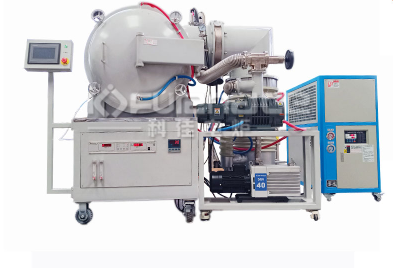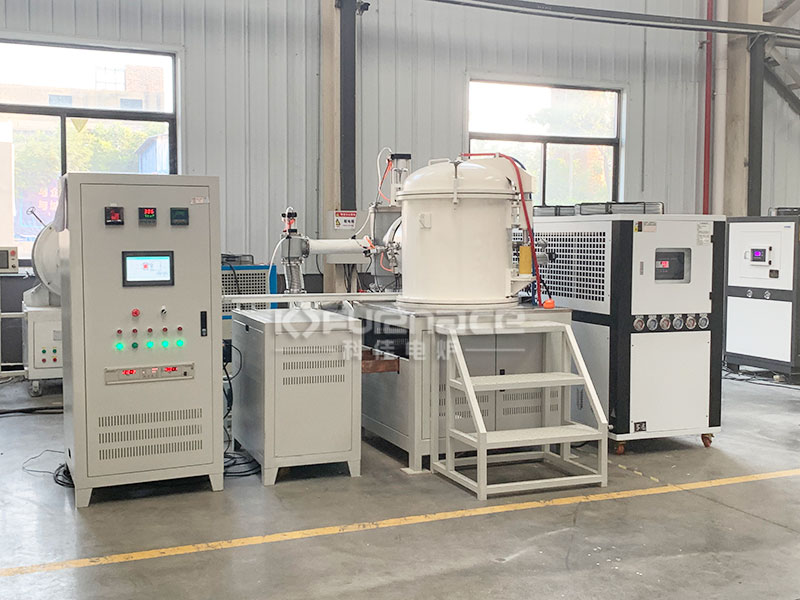The temperature range of a vacuum furnace is relatively wide, mainly depending on its application requirements, heating elements, and design specifications. Let’s take a look at the temperatures of vacuum furnaces below!

A commonly used 1200 ℃ fiber furnace vacuum furnace (click on the image to view product details)
1. Common temperature range
Low temperature range: The minimum operating temperature of the vacuum furnace can reach 200 ℃. This is mainly used for some special low-temperature heat treatment processes, such as low-temperature annealing and low-temperature quenching.
Medium temperature range: usually between several hundred degrees Celsius and one thousand degrees Celsius. This temperature range is suitable for heat treatment of various materials, such as annealing and tempering of metal materials.
High temperature range: The maximum operating temperature of the vacuum furnace can reach up to 2000 ℃. The heat treatment processes at high temperatures include high-temperature annealing, high-temperature solid solution treatment, etc. These processes are important for improving the performance of materials and extending their service life.
2. Specific temperature setting
Vertical vacuum furnace: The temperature categories of vertical vacuum furnaces include 1000 ℃, 1200 ℃, 1400 ℃, 1600 ℃, 1700 ℃, 1800 ℃ and other options. These temperature settings can be adjusted according to specific application requirements.
Vacuum heat treatment furnace: The temperature range for the use of vacuum heat treatment furnaces is wider, ranging from low to high temperatures. The minimum operating temperature can reach 200 ℃, while the maximum operating temperature depends on the design specifications of the heating element and furnace body.
3. Temperature control accuracy
The temperature control accuracy of vacuum furnaces is usually high, and the error between the indication value of thermocouples and the furnace temperature can reach ± 1 ℃ or less. In the case of using rarefied gas forced circulation, the temperature difference between different parts of a large number of workpieces in the furnace can also be controlled within a small range, such as ± 5 ℃.
4. Influencing factors
Heating elements: Heating elements of vacuum furnaces, such as silicon carbon rods, silicon molybdenum rods, resistance furnace wires (such as tungsten wires), etc., their performance and temperature resistance range will affect the maximum operating temperature of the vacuum furnace.
Furnace material: The high temperature resistance and thermal stability of the furnace material are also important factors determining the temperature range of the vacuum furnace.
Vacuum degree: The vacuum degree of a vacuum furnace can affect the heat conduction and radiation efficiency inside the furnace, thereby affecting temperature distribution and uniformity.

A vertical graphite vacuum furnace with a temperature of up to 2000 ℃ (click on the image to view product details)
Overall, the temperature range of a vacuum furnace varies depending on various factors such as application requirements, heating elements, furnace body materials, and vacuum degree. When selecting and using a vacuum furnace, it is necessary to determine the appropriate temperature range and control accuracy based on specific process requirements and material characteristics.Click to learn more vacuum furnaces! Or click on online customer service to learn more about product information!